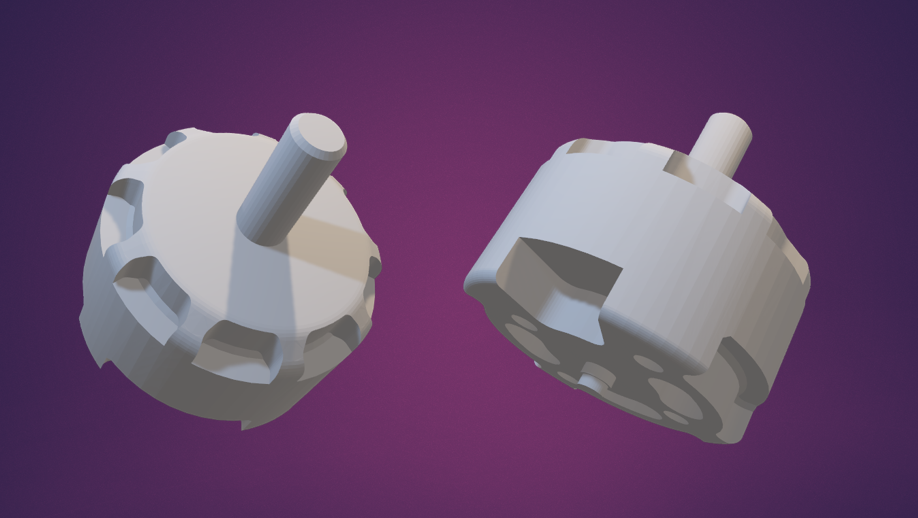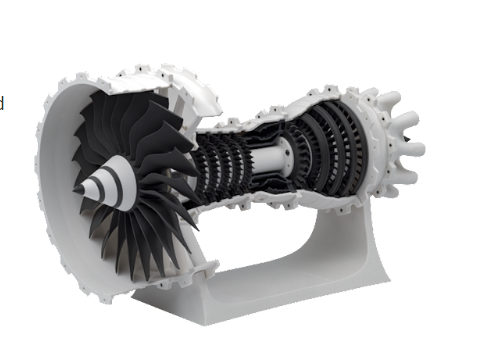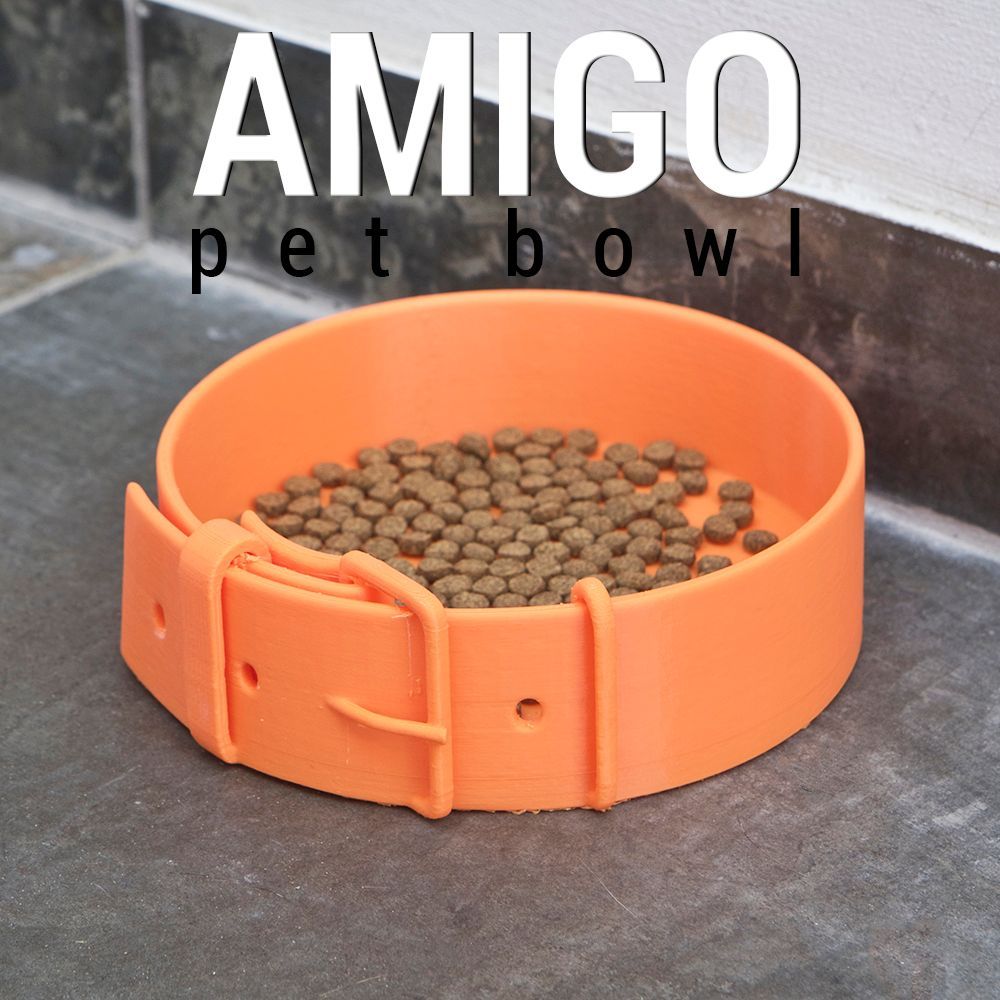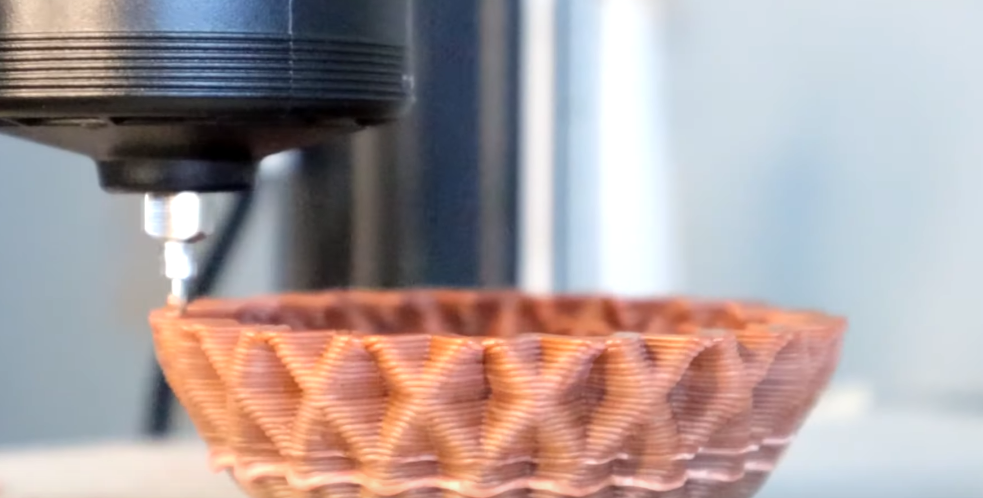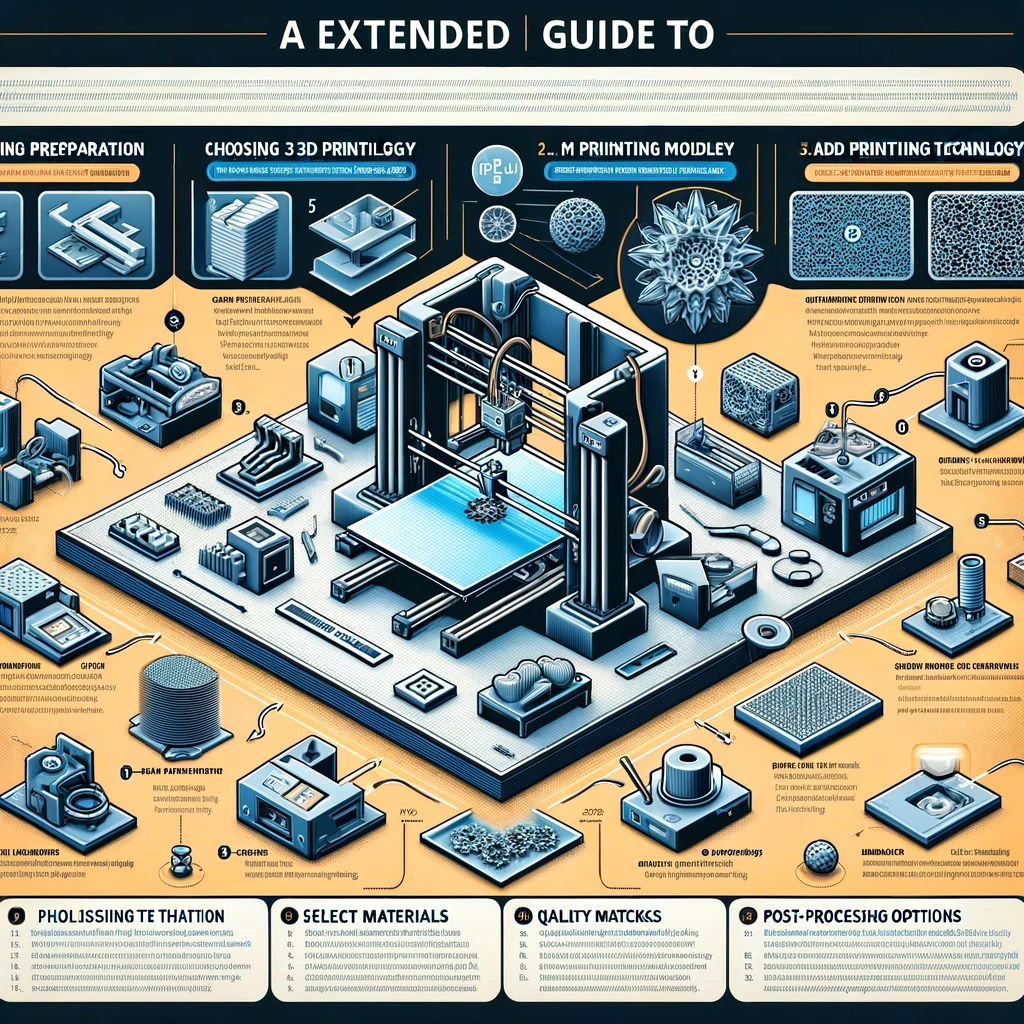Polycarbonates
RAPID PROTOTYPING & SMALL BATCH PRODUCTION
Rapid prototyping serves as an invaluable tool for businesses aiming to swiftly iterate and test their product designs, enabling them to refine concepts and identify improvements efficiently. For small batch production runs, 3D printing technologies (FDM) and (SLS) provide a cost-effective and agile solution, enabling companies to produce limited quantities of customized components or products without the need for expensive tooling or lengthy setup times
Fused Deposition Modeling
or FDM 3D Printing
FDM printers work by heating a thermoplastic filament to its melting point and then extruding it, layer by layer, to create a three dimensional object.
FDM printers are relatively inexpensive and easy to use, making them a popular choice for home and small-scale 3D printing
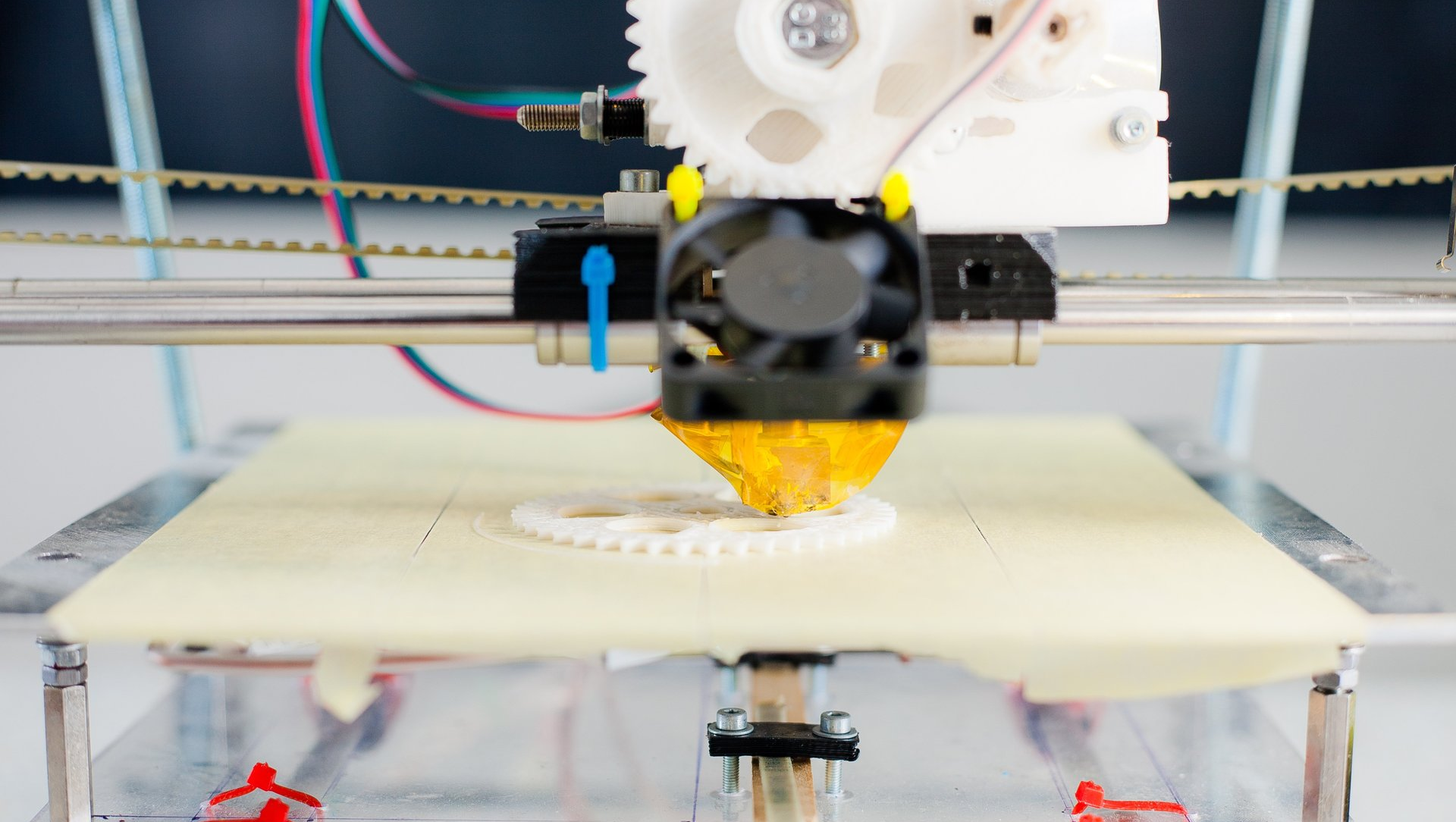
Stereolithography (SLA)
Stereolithography works by using a photopolymer resin that is cured by exposure to light.
The machine traces out the desired geometry layer by layer using a computer-controlled moving laser beam.
The beam is directed by mirrors that are positioned around the build platform.

CAD DESIGN & REVERSE ENGINEERING
When it comes to certain projects, a computer-aided design, or CAD, can be extremely beneficial. A main advantage to using CAD is the fact that it provides experts with greater accuracy. This is done by replacing manual drafting with electronic design software, such as SketchUp, Fusion 360, or AutoCAD Design Edition.
SOME INFOMATION ABOUT THE MATERIAL
Polycarbonate, better known by its acronym PC, is a material that has been used in a wide range of professional applications for its impact resistance and transparency. It is a lightweight yet strong thermoplastic, making it an ideal choice for many industries.
In the 3D printing market, PC is prized for its ability to produce strong and durable parts that are also clear. This makes it perfect for applications where strength and optical clarity are both important, such as in medical devices or eyewear.
PC is also widely used in the electronics industry, as it can insulate against electricity and resist high temperatures. This makes it ideal for use in electronic enclosures and circuit boards.
In the automotive industry, PC is used in a variety of applications due to its strength and durability. It is often used in the manufacture of car bumpers, as well as in dashboard components and other interior parts.
PC is also popular in the construction industry, where it is used in a variety of products due to its high impact resistance. It is commonly used in the manufacture of windows, as well as in bullet-resistant glass.
Overall, PC is a versatile material that has a wide range of uses in many different industries. Its properties make it an ideal choice for many applications where strength, durability, and transparency are important First developed in the early 1900s, polycarbonate has since been used in a variety of industries, from construction and engineering to automotive and aerospace. In recent years, the material has gained popularity in the world of 3D printing, thanks to its many benefits.
For example, polycarbonate is one of the strongest 3D printing materials available, making it ideal for applications that require high durability. It is also one of the most transparent plastics, allowing for clear and precise prints. And because it is lightweight, polycarbonate is often used for prints that need to be strong but lightweight, such as parts for drones or other aircraft.
In addition to its many practical applications, polycarbonate is also known for its aesthetic appeal. The material can be printed in a variety of colors, including clear, making it a popular choice for prints that need to be both strong and stylish.
If you're looking for a strong, durable, and stylish 3D printing material, polycarbonate is a great option. Thanks to its many benefits, polycarbonate is quickly becoming one of the most popular materials in the 3D printing world.
5 Best Polycarbonate 3D Printers to Handle Your Most Important Projects (Spring 2022)
Editor's Choice: QIDI TEC X-Plus. ...
Premium Pick: Dremel DigiLab 3D45 3D Printer. ...
Best Value: ADIMLab Gantry Pro 3D Printer. ...
Most Versatile: FlashForge Adventurer 4 3D Printer. ...
Best for Beginners: BIBO 2.
tensile strength of 9,800 psi
Contact us
Address
Enterprise House
Ocean Way
Ocean Villiage
Southampton
SO14 3XB
(+44) 02381244996
(+44) 07876131539
info@mitchellsson.co.uk
Polycarbonate (PC) is a tough and durable thermoplastic material used for 3D printing. Here is some technical data on 3D Printed Polycarbonate filament:
1. Melting Temperature: The melting temperature for polycarbonate is around 250-300°C. It is important to maintain a consistent temperature throughout the printing process to ensure quality prints.
2. Filament Diameter: The diameter of polycarbonate filament is usually 1.75mm or 3mm, but it can vary depending on the manufacturer.
3. Print Bed Temperature: The recommended print bed temperature for polycarbonate is around 80-110°C. This is necessary to ensure good adhesion to the print bed.
4. Cooling: Polycarbonate requires some cooling during the printing process to prevent warping, but too much cooling can cause cracking or splitting of the print.
5. Tensile Strength: Polycarbonate has a high tensile strength of around 50-70 MPa, which means it can withstand a lot of stress without breaking.
6. Flexural Strength: Polycarbonate also has a high flexural strength of around 80-120 MPa, which means it can bend and resist deformation without breaking.
7. Impact Strength: Polycarbonate has excellent impact strength, making it a good choice for parts that will be subjected to shock or vibration.
8. Chemical Resistance: Polycarbonate is highly resistant to a wide range of chemicals, making it suitable for use in harsh environments.
9. Print Speed: Polycarbonate can be printed at a relatively high speed, but it is important to maintain a consistent temperature throughout the process.
10. Post-processing: Polycarbonate can be sanded, painted, and glued. It can also be polished using a polishing compound to give it a smooth, glossy finish.
Latest Articles
About Us
All Rights Reserved | Mitchell and Son Additive Manufacturing Ltd | Registered Company in England and Wales | Company Number : 12038697
| Public Liability Insurance no. 14615097
Insurer: AXA XL

